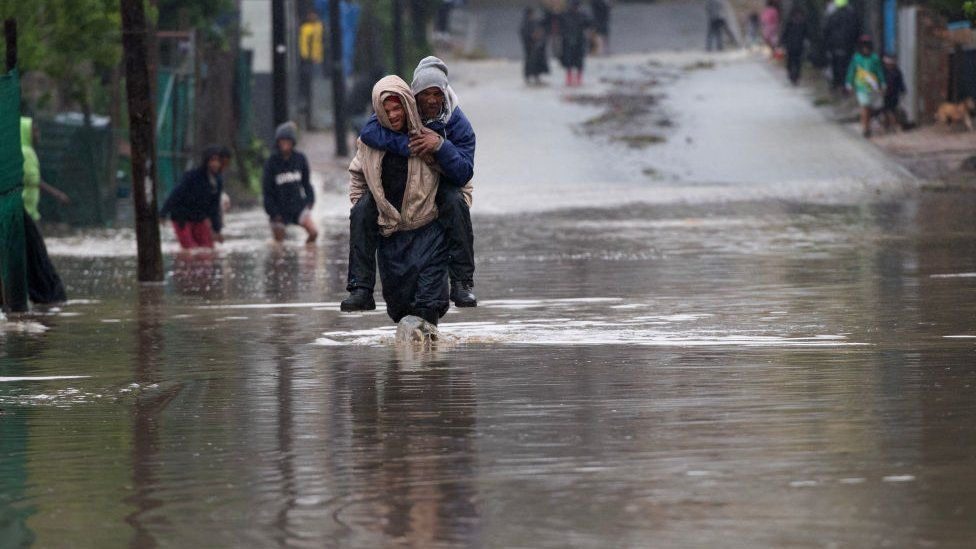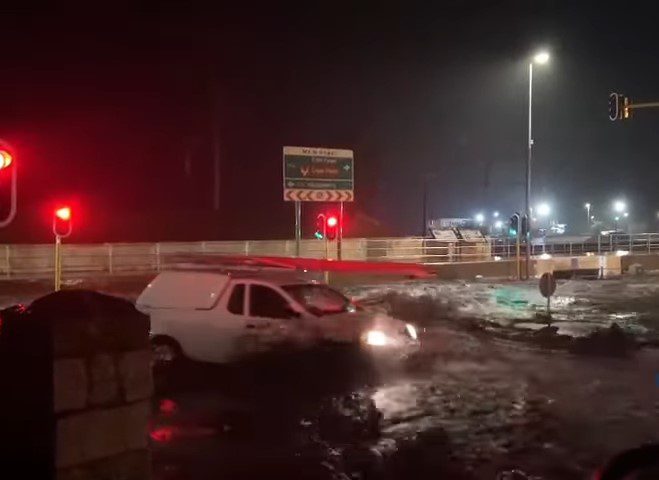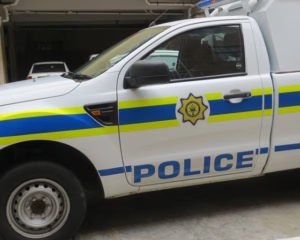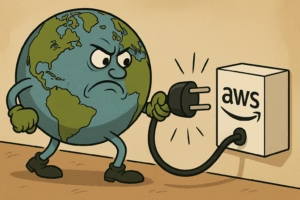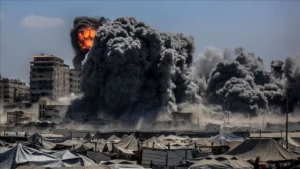In South Africa, a Level 8 weather warning indicates a high likelihood of severe weather conditions that pose a significant threat to life and property. This level of warning is issued by the South African Weather Service (SAWS) and typically involves the following types of severe weather events:
- Heavy Rainfall: Intense and prolonged rain that can lead to widespread flooding, especially in low-lying areas and regions with poor drainage.
- Severe Thunderstorms: Thunderstorms accompanied by strong winds, large hail, and possibly tornadoes, causing damage to structures, trees, and vehicles.
- Strong Winds: Sustained high winds that can result in structural damage, uprooting trees, and creating hazardous conditions for travel and outdoor activities.
- Extreme Heat: Prolonged periods of exceptionally high temperatures, posing health risks such as heat exhaustion and heatstroke, particularly for vulnerable populations.
- Snowfall and Ice: Heavy snowfall and icy conditions that can lead to road closures, travel disruptions, and increased risk of accidents.
When a Level 8 weather warning is issued, the public is advised to take immediate precautions to protect themselves, their families, and their property. This may include:
- Staying indoors and avoiding unnecessary travel.
- Securing outdoor items that could be blown away or damaged by strong winds.
- Preparing for potential power outages and ensuring access to emergency supplies.
- Monitoring weather updates and following instructions from local authorities.
It’s essential to stay informed through reliable sources like the SAWS website, local news, and emergency services during such severe weather events.
What are the Winds Speeds for a Level 8 Weather Warning?
A Level 8 weather warning in South Africa for wind typically covers wind speeds that are considered very high and capable of causing significant damage. While the specific thresholds can vary, generally, a Level 8 warning for wind would involve wind speeds in the range of:
- Sustained winds of 70 to 90 km/h (43 to 56 mph) or higher.
- Gusts that can exceed 100 km/h (62 mph).
These wind speeds are strong enough to cause structural damage, uproot trees, disrupt transportation, and pose serious risks to personal safety. The warning is a call for heightened awareness and preparation to minimize the impact of such severe weather conditions.
Is there a Level 9 Weather Warning?
A Level 9 weather warning is the highest level of weather warning issued by the South African Weather Service (SAWS) and indicates an extreme weather event with a very high likelihood of causing widespread and severe impacts. A Level 9 warning is issued for conditions that pose an extreme risk to life and property.
A Level 9 weather warning may be issued for:
- Extreme Storms: Severe thunderstorms or tropical cyclones with extremely high wind speeds, large hail, and the potential for tornadoes.
- Exceptional Rainfall: Intense and prolonged heavy rainfall leading to catastrophic flooding.
- Extreme Winds: Sustained winds and gusts far exceeding the thresholds for Level 8 warnings, capable of causing widespread destruction.
- Extreme Heat or Cold: Conditions posing significant risks to health and safety, such as heatwaves with temperatures far above normal or severe cold snaps with heavy snowfall and ice.
When a Level 9 warning is issued, the public is strongly urged to take all possible precautions, which may include:
- Seeking shelter immediately and staying indoors.
- Avoiding all non-essential travel and outdoor activities.
- Following emergency instructions from local authorities.
- Ensuring emergency supplies are readily available, such as food, water, medical supplies, and batteries.
A Level 9 warning represents the highest state of alert and demands the utmost attention and preparedness to safeguard lives and property from the impending extreme weather conditions.


